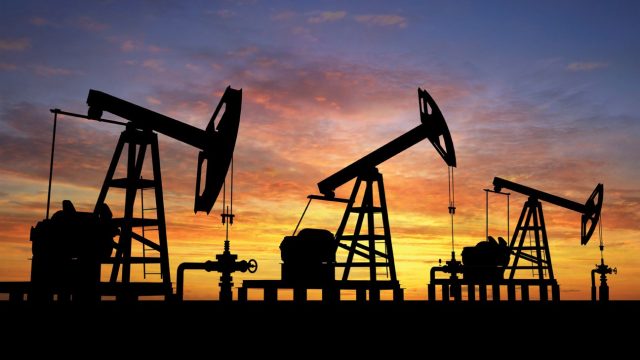A $3.78 Billion Bet On The Future Of The North Dakota Oil Fields Was Just Approved

 With oil prices in the tank, and a rocky trail ahead for North Dakota’s economy as a result, there came today from the Public Service Commission a glimmer of hope.
With oil prices in the tank, and a rocky trail ahead for North Dakota’s economy as a result, there came today from the Public Service Commission a glimmer of hope.
The Dakota Access Pipeline, which could take as much as 600,000 barrels of North Dakota oil per day out of the state, was just approved by the PSC on a unanimous 2-0 vote.
Commissioner Randy Christmann, who has some family involved in a right of way agreement with the pipeline company, recused himself from the decision.
Why is this a sign of hope? Because Dakota Access, LLC is pushing ahead with this project despite the current state of the oil markets. Overall the pipeline is expected to cost $3.78 billion, with the North Dakota portion alone costing over $1.4 billion.
That’s a big bet on the future of North Dakota oil production. You don’t build a project of this scope and expense without a pretty good idea that you’re going to have something to put in the pipeline.
As important as the Keystone XL pipeline was, and still is, to North Dakota’s energy infrastructure needs the Dakota Access pipeline is even more so. While the Keystone line originates in Canada, the Dakota Access line would start in North Dakota near Stanley (see the map to the right).
Meaning this project isn’t about oil production anywhere but in North Dakota.
In the short term things are going to be painful for North Dakota. Revenues are falling alongside oil and gas activity, and that’s going to necessitate some belt tightening in state and local government. It will also likely mean some tough times for housing development and other private sector investors in oil patch communities.
“So many empty apartments in Williston,” a SAB reader from that community emailed me this morning predicting that “financial carnage fast approaching.”
If that’s true the carnage will be in the short lived. I think Dickinson Mayor Gene Jackson got it right in his comments to the Dickinson Press. “Long-term, if we look at a 10-year horizon, it’s nothing but positives,” he said. “But we know there’s going to be a little bit of pain in the next few months and we need to make sure city government is operated in such a way that we’re recognizing what’s happening right now.”
In related news, this from Mike Nowtazki’s report on the pipeline report is pretty interesting (emphasis mine):
Commission chairwoman Julie Fedorchak called it a “massive” infrastructure project that will provide a safer option than moving oil by trains or trucks. About 41 percent of oil produced in the Williston Basin, or 520,000 barrels per day, was shipped by rail in November, down from a high of about 840,000 barrels in late 2014, according to the state Pipeline Authority.
Remember when “Bakken bomb trains” were all the rage with zealot activists? Well those numbers represent a 38 percent increase in oil by rail shipments, and not because state oil production is falling. According to the most recent numbers, despite low oil prices, North Dakota’s oil production is down less than 5 percent from the all-time high.
Here’s the press release from the PSC on the Dakota Access approval.




